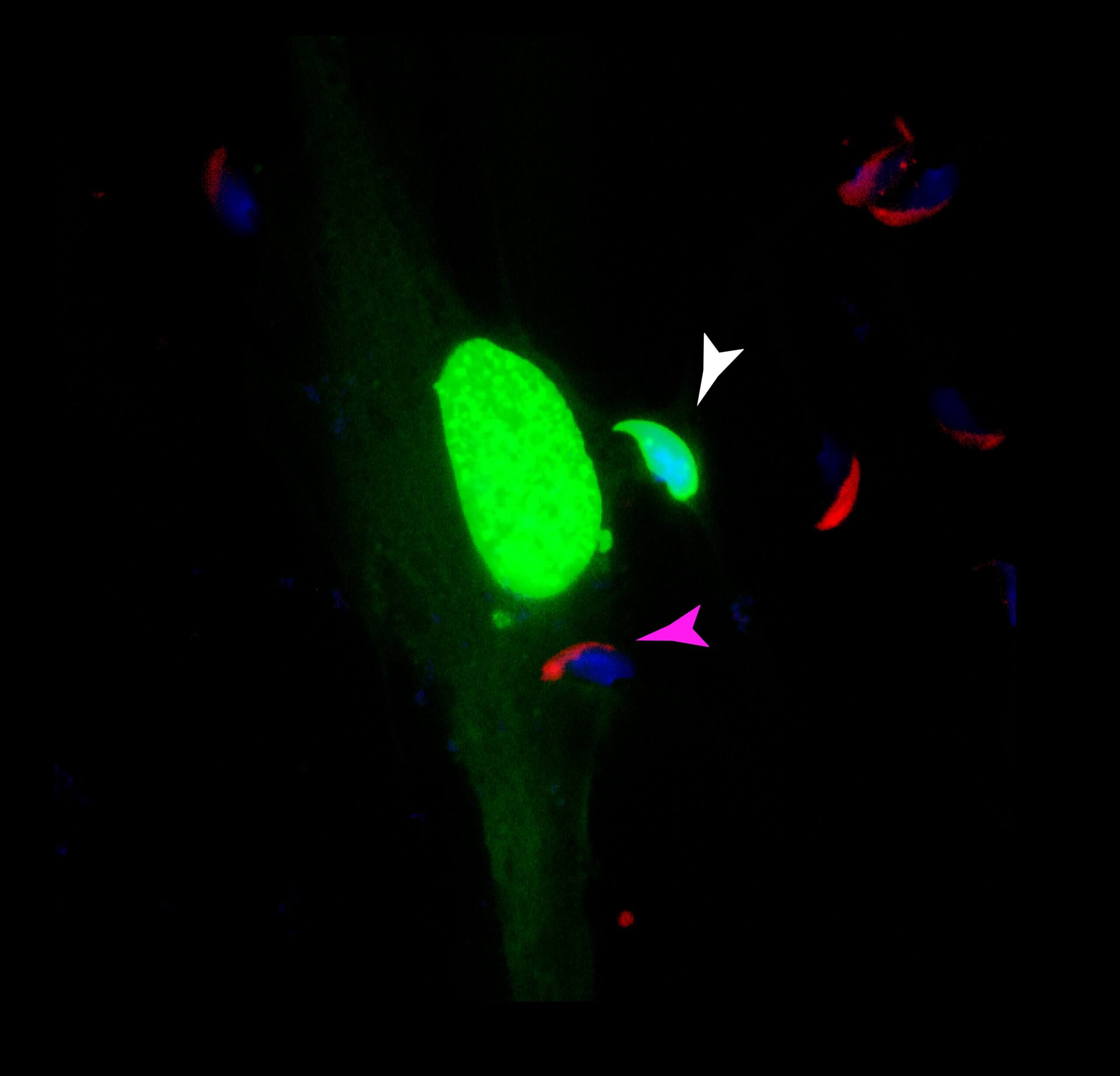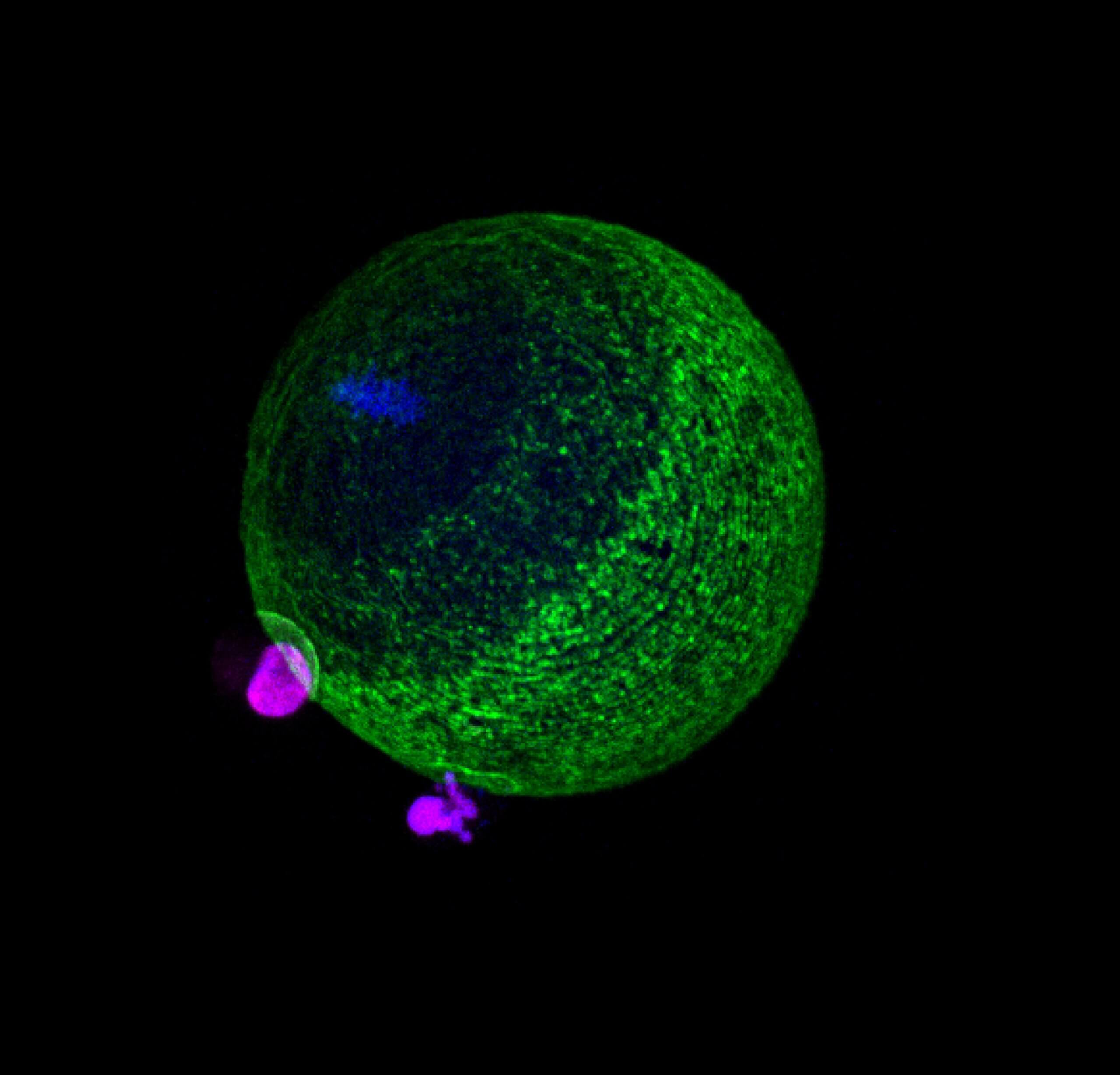Researchers from the Technion in collaboration with the University of Tokyo reveal a new role for the IZUMO1 protein in the fusion process between sperm and egg

The fusion between a sperm cell and an egg - the zygotes - is the first and decisive step in the fertilization process. Today, many proteins are known in the paired cells that are necessary to attach them, but in mammals the fusion protein that leads to the fusion of the cells into one cell has not been identified until now. A joint team of researchers from the Faculty of Biology at the Technion and the University of Tokyo in Japan presented for the first time evidence that the Izumo protein (IZUMO1), expressed in sperm cells, is able to lead to fusion between cells. The Izumo protein was first discovered in 2005 by Prof. Nakuzo Inoue from Osaka University in Japan. It is found on the sperm cells, and it is already known that it binds to the egg through a receptor called Juno (JUNO). Due to the importance of the interaction between the pair in the fertilization process, Izumo is named after a temple of importance for marriage in Japan - Izumo.
The current study published in Journal of cell biology, which was carried out under the leadership of Dr. Nicholas Brockman and Prof. Benjamin Podbilevich from the Technion's Biology Faculty, reveals that the Izumo protein is capable of bringing about fusion between adjacent cells in a way that distinguishes it as a dedicated fusion protein. Evidence for this was obtained by several different methods, including the identification of the moment of fusion mediated by Izomo through time-lapse imaging. Some of the experiments were conducted in collaboration with a team of researchers led by Dr. Kohdai Nakajima from the University of Tokyo.

One of the key discoveries in the research of Dr. Brockman and his colleagues is that Izumo alone is able to bring about fusion between adjacent cells without the need for binding to the said receptor, Juno. In other words, Izumo plays a dual role, both in the interaction between the mating cells and in the fusion of their contents to complete the fertilization process. The researchers note that their paper presents for the first time evidence for this role of Izumo as a fusion protein involved in fertilization in mammals.
The research was supported by a grant from the National Science Foundation, a special grant for scientific research in highly innovative fields and a Marie Curie grant from the European Research Commission (Horizon 2020 program).
for the scientific article in Journal of cell biology click here
For pictures click here
In pictures:
- The research team at the Technion, from right to left: Prof. Benjamin Podbilevitz, Clary Valensi, Dr. Nicholas Brockman, Xiaohui Li and Katarina Pliak
- Dr. Nicholas Brockman, post-doctoral student at the Podbilevitz laboratory
- Image 1: A kidney cell expressing the JUNO receptor and in which the genetic material of the cell is marked in green. It was mixed with sperm cells from a mouse expressing the Izumo protein (in red) in which the genetic material was colored blue. The pink arrow points to a sperm cell that has not undergone fusion, while the white arrow points to a sperm cell that has fused with the kidney cell and is therefore also colored green.
- Image 2: Kidney cells expressing the isomo protein and in addition a fluorescent protein in the cell nucleus (in purple), adjacent to an egg expressing a fluorescent protein in the cell membrane (green) and coloring the genetic material in blue.

One response
Amazing site
Would like to join